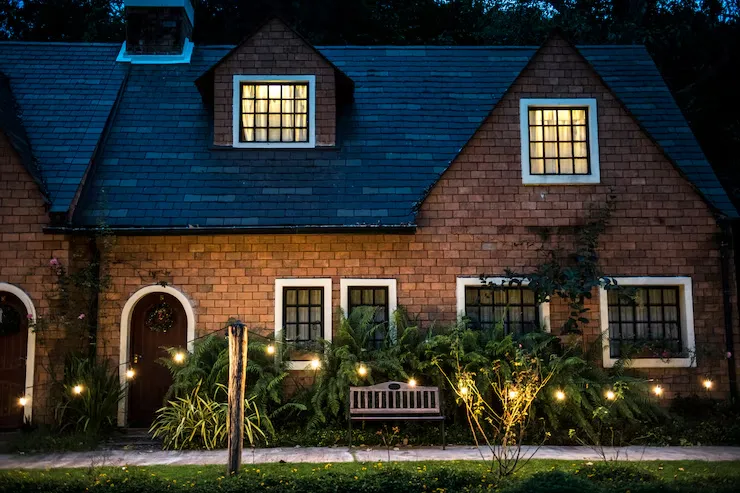Many Canadian homeowners are discovering the joy of transforming their front yards into functional extensions of their homes. Sure, the climate creates some challenges that actually open doors to quite creative outdoor solutions.
A well-designed front yard does more than improve your home’s appearance; it can become your favorite gathering place, a productive garden, or your personal sanctuary. Whether you have a small urban lot or a spacious suburban area, reimagining your front yard helps you get more from your property while connecting with neighbors and nature through all Canadian seasons.
Design With Canada’s Seasons in Mind
We suggest creating different zones in your garden that have their moment to shine throughout the year. Imagine a cozy seating area that captures those precious spring and fall rays, surrounded by hardy evergreen trees that block the bitter winter winds.
Where local regulations allow, adding a fire pit can make all the difference. This will let you enjoy your outdoor space well into the colder seasons and give you a perfect place to gather with family and friends on those crisp autumn nights.
Create Social Spaces That Respect Privacy

Unlike backyards, your front space connects directly to the public world, so you’ll need well-thought-out protective elements. We recommend creating a partial boundary that combines structures and plants. This gives you visual separation without completely isolating you from neighbors.
The heart of any social front yard is comfortable, weather-resistant seating. Arrange your furniture to encourage conversation while enjoying the sun.
If you’re lucky enough to live in a milder coastal area, a covered porch or pergola might work year-round. In colder regions, opt for movable furniture that you can reposition to follow the sun or easily store during the harsh winter months.
Prepare For Winter With Practical And Beautiful Solutions
Designing with winter in mind means designating specific areas for snow storage to prevent it from damaging delicate plants or structures.
Before the first snowfall, mark your paths and garden beds with sturdy, flexible markers to prevent accidental damage during clearing. Think about how your space will function under a blanket of snow.
The right plants can transform those bleak winter months into a time of subtle beauty in your front yard. Evergreens provide essential structure, while deciduous plants with interesting bark, persistent berries, or architectural seed heads offer visual appeal throughout the dormant season.
Landscaping elements that remain accessible during winter extend your front yard’s usefulness throughout the year. Covered entrances, windbreaks, and south-facing seating areas that capture winter sunlight create microclimates where outdoor enjoyment remains possible even in the coldest months.
Manage Water Wisely From Coast to Coast

Adding rain gardens, bioswales, or permeable paving helps capture valuable moisture in drier regions while preventing erosion and runoff in wetter areas. These features integrate perfectly into your front yard design, creating attractive landscape elements that fulfill key environmental functions by filtering pollutants and reducing pressure on municipal stormwater systems.
Your irrigation approach should reflect both your regional climate and local regulations. With many Canadian cities now restricting water use during summer months, drought-tolerant landscaping is becoming increasingly important. Try grouping plants with similar water needs, installing efficient drip irrigation systems, and collecting rainwater in decorative barrels or underground cisterns to maintain a beautiful landscape while conserving precious resources.
Spring meltwater presents both challenges and unique opportunities for Canadian front yards. Proper grading that directs spring runoff away from your home’s foundation while capturing it for landscape use is a key design consideration.
The important thing is to think about how your landscape will handle the freeze-thaw cycles typical of Canadian springs, incorporating materials and plants that can withstand these challenging transitions while keeping your landscape attractive and functional during this unpredictable season.






